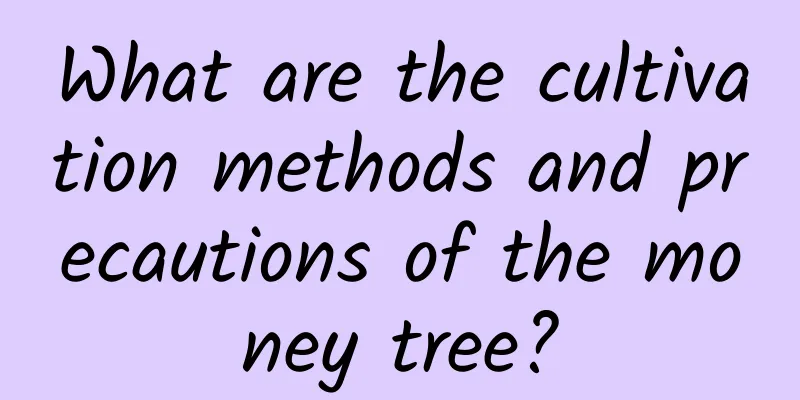What kind of insects are best treated with Avermectin?

|
Avermectin is a widely used agricultural or veterinary insecticide and acaricide . It has excellent cost-effectiveness, strong permeability and a broad insecticide spectrum, and is therefore deeply loved by farmers. So what kind of insects is avermectin most effective in treating? Let’s learn more about it below. What insects does avermectin kill? 1. Excellent effect on lepidopteran pests Abamectin is mostly registered against the lepidopteran pest Plutella xylostella, and is occasionally registered against the rice leaf folder, Cnaphalocrocis medinalis. Currently, avermectin is mainly used to control rice leaf folders. Due to its long use time, avermectin is usually combined with tetrachlorantraniliprole, chlorantraniliprole, etc. to control leaf folders. 2. Good effect in preventing and controlling mites Avermectin is effective against citrus red spiders and other fruit tree red spiders, and is often used in combination with spirocyclobutanil, etoxazole, etc. to control mite pests. 3. Can be used to kill root-knot nematodes Avermectin is also effective in controlling soil root-knot nematodes, usually in the form of granules. Some registration certificates are for a combination of avermectin and thiamethoxam. How to use avermectin? 1. Usage and Dosage (1) Avermectin cannot be mixed with alkaline pesticides , such as Bordeaux mixture , sodium rosinate, lime sulfur, etc. (2) Avermectin is not systemic and the spray must be even and thorough. (3) Avermectin is highly toxic to bees, fish and shrimp, so caution should be exercised when using it. (4) Avermectin kills pests slowly, and they die after 2-4 days. It is best to use it in combination with other agents so that it is not easy to develop drug resistance. 2. Usage (1) Avermectin cannot be mixed with alkaline pesticides, such as Bordeaux mixture, sodium rosinate, lime sulfur, etc. (2) Avermectin is not systemic and the spray must be even and thorough. (3) Avermectin is highly toxic to bees, fish and shrimp, so caution should be exercised when using it. (4) Avermectin kills pests slowly, and they die after 2-4 days. It is best to use it in combination with other agents so that it is not easy to develop drug resistance. In general, avermectin is mainly used to control lepidopteran pests, mite pests and root-knot nematodes, but in order to achieve scientific control, it is necessary to master its correct usage, especially in the choice of rotating medication.
|
Recommend
What is the best month to plant grape seedlings and when is the best time to transplant them?
Which month is suitable for planting grape seedli...
How to trim dragon blood tree leaves that are too long?
Dracaena is a potted plant that many people grow....
How to care for mountain roses in winter
Is mountain rose afraid of cold? Mountain rose is...
How often should you water your banyan tree?
How often should you water your banyan tree? The ...
How to prune the umbrella tree
How to prune the branches of the umbrella tree In...
What season is suitable for planting succulents?
Succulents are fleshy plants, a general term for ...
Is Ranunculus toxic? Can it be grown indoors?
Ranunculus is poisonous The Ranunculaceae plant i...
What are the types of roses?
1. Vine Climbing roses are vine-like shrubs with ...
How to propagate four-season plum
1. Seeding method 1. Time selection: It is best t...
How long is the growth period of gourd?
Introduction to Gourd Growth Gourds mainly grow i...
Is it better to use a large or small pot for a rubber tree? Is a deep or shallow pot more suitable?
Rubber trees are suitable for planting in large a...
How to plant lisianthus and what are the planting time and methods
Eustoma planting time The suitable temperature fo...
What to do if Clivia grows slowly
Bad flower pots When growing Clivia, you first ne...
How to grow bean sprouts
1. Maintenance methods 1. Temperature: Bean sprou...
Safflower planting conditions and environmental requirements are suitable for planting in places
Safflower Planting Conditions Safflower prefers a...









